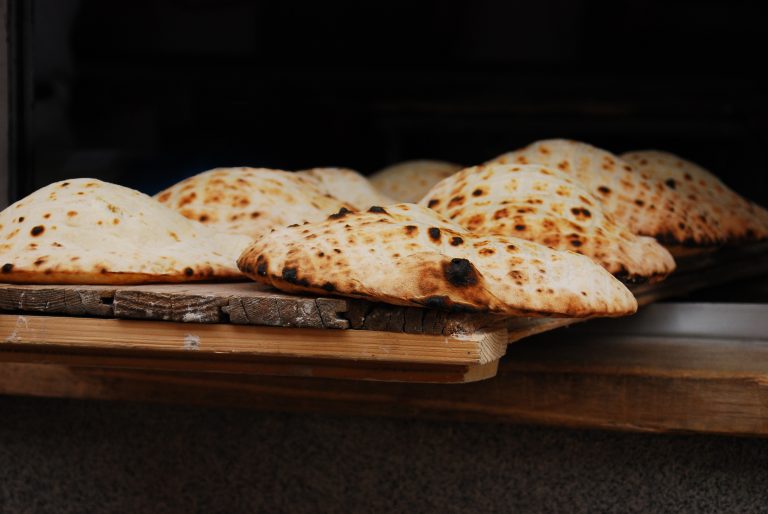
I have to admit, I came rather late to the party re loving globe artichokes. Living in England they are around, but somehow they were just not part of my cooking story, which is odd as I am someone who eats from a wide diversity of food from many countries.
However having been in France for a while now I have to say I am addicted. My education in growing them, cleaning them and learning the best ways to cook and use them in recipes is an ongoing thing. First of all I grew many from seed and that takes ages before you can get round to actually cutting and eating. I also lost quite a few to frost, so switched to another type that likes the heat, but thankfully manage to last through the frosts we can get here in Provence.
Still a learning curve here as this year 3 grew really beautifully, then went to visit them one day and 3 huge ones had just toppled over carrying their delicious but heavy bounty with them.
Did some research and I am supposed to cut to the ground each year . . . well I did not do that. I just cut away the dead stuff, and tidied up.
I will change my ways this autumn, as some huge artichokes just do not look like the rest, they are fat, but have little nicks in the leaves, and look like they are getting ready to flower . . . which is not all bad, as the bees love the flowers so will attract lots to the garden. Ok so I am definitely learning on the job each year.

Next in my artichoke education is the cleaning of them to remove all the bugs, and oh my goodness the bugs seem to love these. Sarah Raven where I got my seeds from, she says to add some salt to water and soak them as the bugs dislike the salt and will come out into the water. Well the last cook I had to do this 3 times, and still there were some still stuck fast, which I managed not to eat. Which lead me to wondering how the ones we buy in the shops, even the bio ones have none of these little beasties running around in them! Hmmmmm!
Then . . . my education re cooking them. I also cook them with a garlic clove, half a lemon and more salt to get more of those beasties out and for a delicious flavour that is not at all overwhelming . . . but just perfect for me.
I eat them either hot with a honey vinaigrette with the addition of very small diced red onion. I have also seen people like my friend Flora, eat the little ones raw . . . I tried but didn’t get the same enjoyment, but to her it is a cultural thing as her mother and father’s families ate them this way whilst she was growing up. I have also seen a Maltese recipe for stuffing them with a mix of breadcrumbs, anchovies garlic olives and parsley which looks so good. I have also seen some others to try in the excellent book Lulu’s Provencal Table. One being sauteed artichokes with little Ratte potatoes. Another is Braised [baby sized] Artichokes with onion, garlic and sarriette or savory, then there’s Raw Artichoke & Pepper Salad.
The one I am The one I am eager to investigate is Mixed Fritters with a mixture of squid, young artichokes and fresh sage leaves . . . . just my kind of picky delicious food!

The green artichokes above were my first ones, some odd shapes, but tasting good still. And below are the very first baby sized artichokes I harvested.

I shall persevere as I have also learnt to separate the young plants that grow from the old ones . . . definitely onto a winner here! I just need to do better . . .
Update: I now have my own garden so these beauties are being planted all over . . . I’m hoping for bumper harvests, however I love the architectural shapes they make. I’ve become brave and can chop them down only to see them rise in quick time to become tall bushes.
I’ve also learnt from the guy who helps me in the garden that I can cut the thick stalks, peel them and cook and eat them. I thought that was just about Cardoons which is another plant that looks similar to the artichoke. I will find out more about this for sure.





